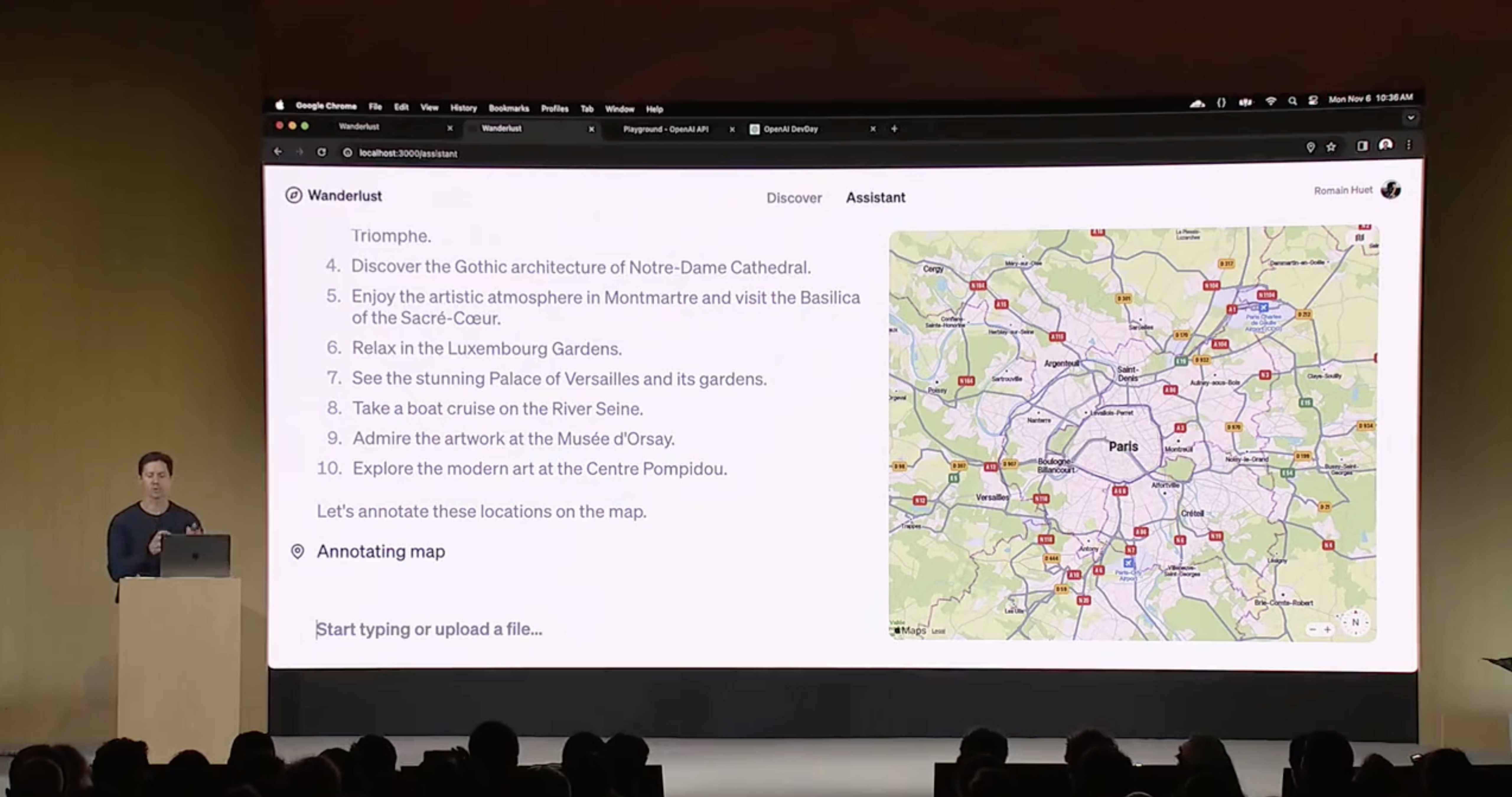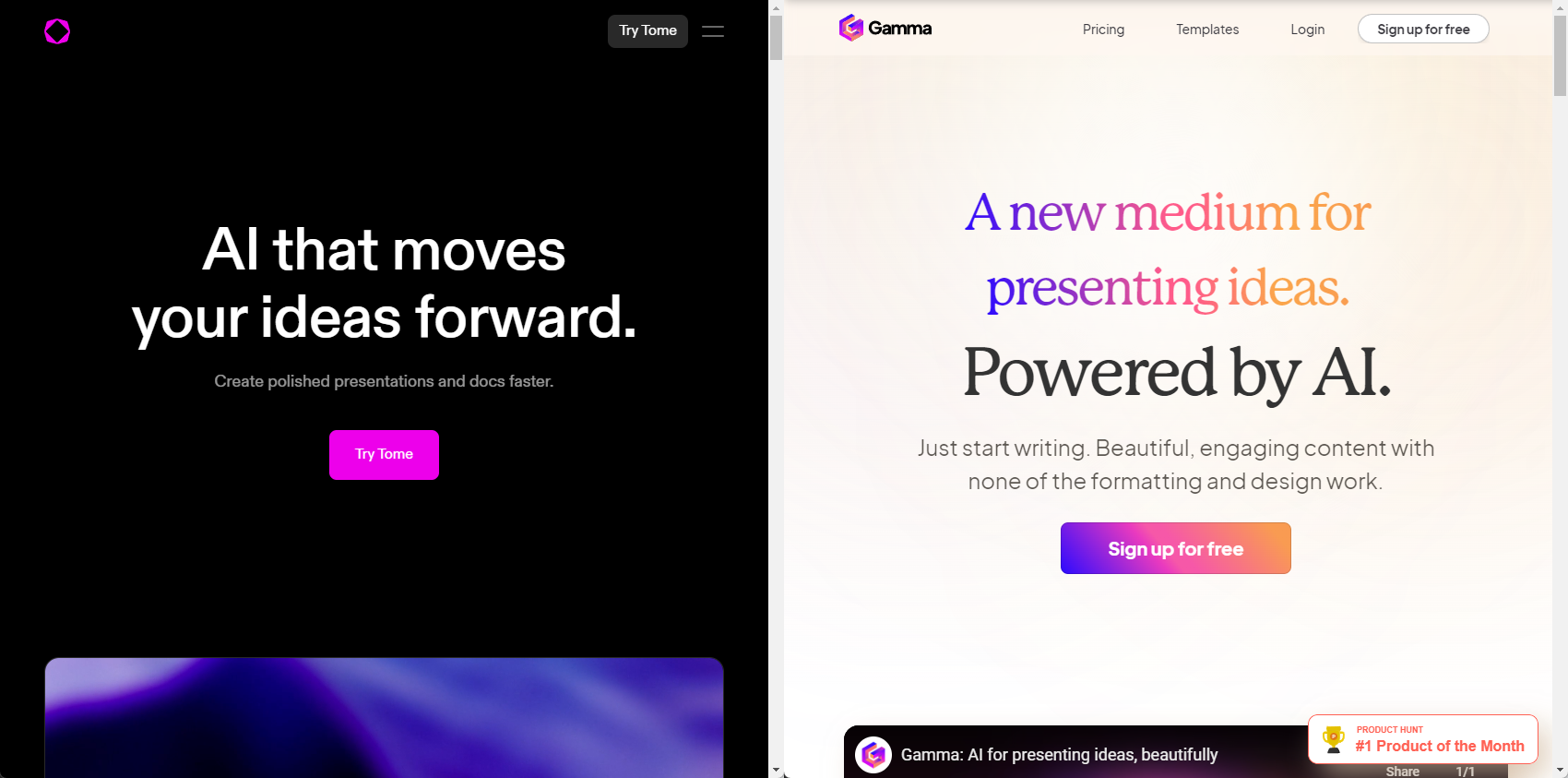Since joining a VC in 2015 and then cofounding Plus in 2021, I’ve attended my fair share of board meetings. And I’ve been fortunate to see them from several different perspectives: as a board member, board observer, and now CEO. Here are my thoughts on what makes some board meetings better than others and how we try to make board discussions effective at Plus.
Most of the time, board meetings are (just) okay. VCs typically invest in talented founders, so board meetings are rarely bad. Founders are generally pretty good at providing updates on their companies because they know the details of their business, and they can also turn details and data into strong narratives.
However, board discussions are often one-way “read-outs” from management to the board, putting together board materials is an extra “to do” for founders, and the meetings themselves are disconnected from getting real work done. In addition, investors and board members need to “add value,” so they also feel the need to ask questions about data and strategy that don’t always lead to new insights.
On the other hand, good board meetings are engaging two-way discussions, they are integrated into a startup’s planning process, and most of the prep work is already done in the ordinary course of running the business.
So how do we structure our board meeting here at Plus? Here are 4 practices we apply — and how we use Plus to help us implement them!
Start with the big picture
Zooming out from day-to-day work in order to see the bigger picture is the most important part of our “board prep” because it allows us to reflect on what we’ve accomplished and where we’re heading. That’s why we start every board meeting with a one slide recap of highlights and lowlights since the last board meeting, along with a summary of what we are working on next.
This quickly gets our board up to speed on the business since they are not living the same day to day as us. And from a meeting logistics perspective, starting with this outline allows us to identify areas that might warrant more or less discussion, so we can use our meeting time efficiently.
.png)
Because we use Plus to track our core metrics and systems on a weekly basis, it’s easy for our team to quickly look back in time at our CRM to understand our progress with new customers, our analytics dashboards to see how product usage and retention is trending, and our project management tool to see how we are doing relative to our product development goals.
Focus on discussing the insights, not the data
Most companies want to be very data-driven. Unfortunately, this typically means people spend a lot of time moving data around (by taking screenshots of one app and copy-pasting those screenshots into another app) and not enough time thinking about what the data actually means.
Rather than spending most of our prep time compiling graphs and charts, we use the Plus Google Slides integration to automatically update our data slides. That way, we can focus our prep time on the important work: synthesizing the key insights from the data, framing the discussion, and then teeing up the questions we actually need to talk about at the board level.

For board decks, there should be a set of KPIs that stays pretty consistent across meetings. Ideally these are the same metrics that the team is focused on, which keeps everyone internally and externally aligned on priorities, and reduces the number of questions that people have about what a certain metric means or how it is measured.
Time your board meetings to coincide with your team’s existing planning cycles
Board members want to be in the loop on major decisions related to company direction and strategy, and they can provide great perspective that executives might miss being so close to the day-to-day execution. However, that feedback needs to be organically channeled into your existing planning cadence, or it runs the risk of wasting time and creating whiplash for teams.
At Plus, we try to time our board discussions to take place 80% of the way through our major planning cycles. This allows us to strike a balance between having a plan that’s well-formed enough to solicit feedback from the board, but still sufficiently flexible to incorporate their input.
Because Plus Snapshots allow us to easily combine information from several different tools that we use to conduct planning, it’s easy to summarize our plans for the board, and close the loop with them once we’ve incorporated their feedback. That means no more transcribing information from a bunch of different sources into tables, charts or bullet points in Google Sheets.
Make board interactions ongoing (not episodic)
Another thing we do to make board interactions more effective is complementing what was once just an episodic (and therefore somewhat high-pressure 😬) meeting with an ongoing series of asynchronous interactions.
Originally, we started out by sharing Plus dashboards with the board to demo our product, but now we provide the board with access to certain dashboards with data on key initiatives. This way, they can passively watch our progress and challenges in a way that invites constructive dialog between meetings, and enables deeper discussions during them.
For example, we use this Notion page with embedded Plus Snapshots every week during our GTM check-ins to plan out upcoming work and check in on progress. These embedded Snapshots are always up-to-date, meaning we can focus our time on the write-up’s summary and synthesis, not hunting down charts and metrics from all the applications we use.
After reviewing our GTM strategy for the quarter at the board meeting, this was a great way for the board to passively follow along with us, and it doesn’t require any extra work on our part to set up a different view for the board to keep them up to date.
.png)
Last but not least, one of the most effective ways to get our board more engaged during meetings is introducing small pieces of remote culture to our board meetings as well. For example, we start each board meeting with one of our signature icebreaker questions like “When’s the last time you stayed up until past 3am?” That’s been a really fun way to get to know everyone better and form a better working relationship with everyone on the board.
We’ve found that these practices, supported by the many ways that Plus brings our data from where it lives to where we work, make for more engaging, impactful, and enjoyable board meetings.
***
💬 If you have follow-up questions, or if you’re interested in sharing your approach to running more effective board meetings, message me on LinkedIn. And if you’d like to see how Plus brings together all of your team's data where you need it, without having to worry about complicated setup or integrations, request an invite to join our private beta - we’d love to hear your feedback!
Click here for the previous installment in our series on how we use Plus to build Plus, and check back in a few weeks for the next post!








